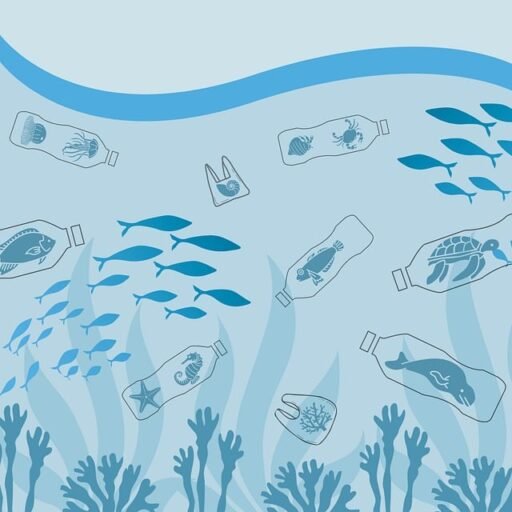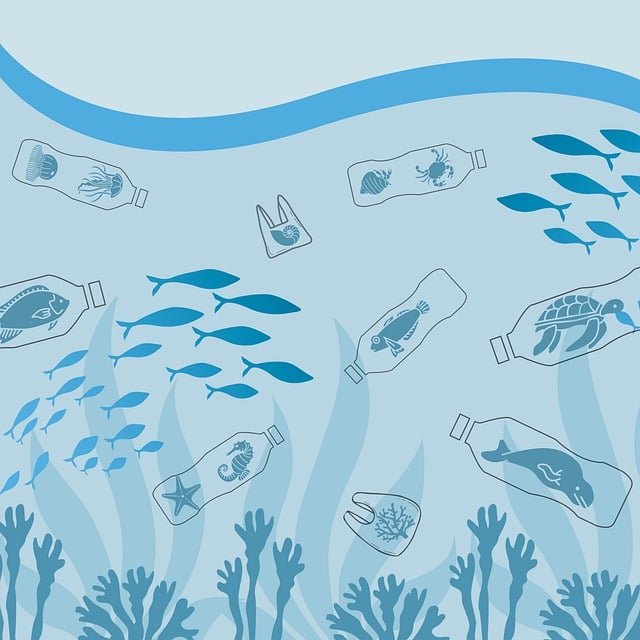## The Unseen Threat: How Plastic Waste Impacts Your Health
We live in a world dominated by plastic. From the moment you wake up and reach for your phone to the packaging of your groceries and the clothes you wear, plastic is ubiquitous. This incredibly versatile material has revolutionized our lives, but its durability comes at a cost. Plastic waste, particularly single-use plastic, is accumulating at an alarming rate, polluting our planet and posing a significant threat to human health.
### ## The Perils of Plastic Pollution
Plastic pollution is a global crisis. Every year, millions of tons of plastic end up in our oceans, landfills, and ecosystems, where it persists for hundreds of years. This persistence is due to plastic’s slow degradation rate, breaking down into smaller and smaller pieces known as microplastics and nanoplastics.

### ### Microplastics: The Invisible Invaders
Microplastics, tiny plastic particles less than 5 millimeters in size, are virtually ubiquitous. They are found in our oceans, drinking water, food, and even the air we breathe. These microscopic particles can easily enter our bodies through ingestion, inhalation, and even skin contact.
### ### The Toxic Burden of Plastic
Plastic itself contains a cocktail of harmful chemicals, many of which are known endocrine disruptors. These chemicals, such as BPA, phthalates, and flame retardants, can leach out of plastic products and accumulate in our bodies.
### ## Plastic’s Impact on Human Health: A Growing Concern
The presence of plastic in our environment and bodies is not merely an aesthetic or environmental issue; it poses a significant threat to human health. While research is ongoing, studies have linked plastic exposure to a range of health problems.
### ## Endocrine Disruption: A Hormonal Imbalance
Endocrine disruptors in plastic can interfere with the body’s delicate hormonal system. These chemicals mimic or block hormones, disrupting normal bodily functions. This disruption can lead to a range of health issues, including:
* **Reproductive health problems:** Endocrine disruptors have been linked to reduced fertility, early puberty, and an increased risk of certain reproductive cancers.
* **Metabolic disorders:** Exposure to these chemicals has been associated with obesity, insulin resistance, and type 2 diabetes.
* **Neurodevelopmental issues:** Studies suggest a link between endocrine disruptors and neurodevelopmental disorders such as ADHD and autism spectrum disorder.
### ## Immune System Suppression
Emerging research suggests that exposure to microplastics and the chemicals they carry can suppress the immune system. This suppression can make individuals more susceptible to infections and diseases.
### ## Respiratory Problems
Inhaling microplastics, particularly in areas with high levels of plastic pollution, can irritate and inflame the respiratory tract. This irritation can exacerbate existing respiratory conditions like asthma and increase the risk of respiratory infections.
### ## Cancer







